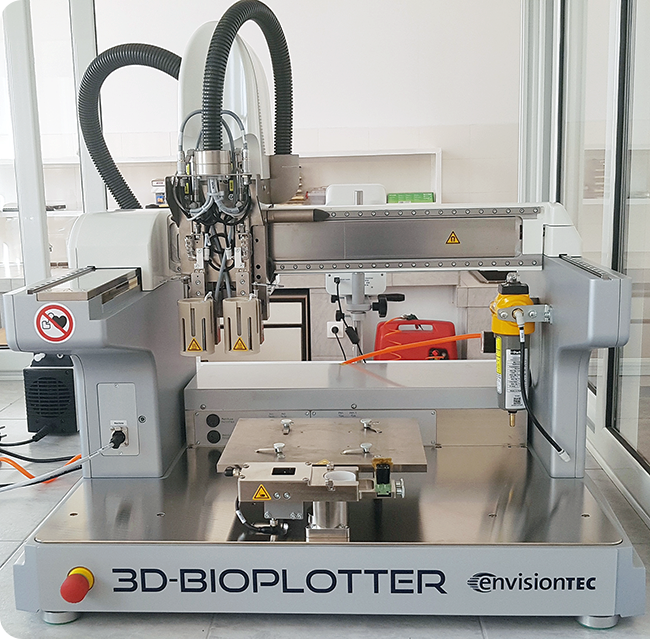 The Advanced and Nanostructured Materials Laboratory addresses both scientific research directions (fundamental character) and technological and technical research directions (applicative character). The fundamental scientific research is focused on the theoretical understanding, prediction and also on modelling and optimization of non-ferrous metals based advanced materials characteristics and the obtaining technologies. The laboratory follows a systematic and integrated theoretical-experimental approach for studying the structure-property correlation for a wide range of materials, including nanostructured materials, with significant potential for various industrial applications. The applied research character of the team’s activity results from the achievements in the development of innovative technologies to obtain advanced ceramic, composite, hybrid, metallic materials. The experience of the research team is proved by their participation in complex national and international research projects in the approached field..
The Advanced and Nanostructured Materials Laboratory addresses both scientific research directions (fundamental character) and technological and technical research directions (applicative character). The fundamental scientific research is focused on the theoretical understanding, prediction and also on modelling and optimization of non-ferrous metals based advanced materials characteristics and the obtaining technologies. The laboratory follows a systematic and integrated theoretical-experimental approach for studying the structure-property correlation for a wide range of materials, including nanostructured materials, with significant potential for various industrial applications. The applied research character of the team’s activity results from the achievements in the development of innovative technologies to obtain advanced ceramic, composite, hybrid, metallic materials. The experience of the research team is proved by their participation in complex national and international research projects in the approached field..
The specific strategic objective specific of this laboratory is the development of high value added advanced and nanostructured materials, based on non-ferrous metals, for medical applications, energy and extreme work conditions.
Scientific objectives involve focusing on the following main types of activities:
- Synthesis and efficient fabrication of advanced and nanostructured materials through environment-friendly methods, intelligent integration of new and existing processes to ensure efficient transfer of knowledge to industrial innovation;
- New fundamental products that provide sustainable solutions in the field of medicine, energy and extreme working conditions;
- Advanced scientific knowledge on the potential impact of advanced and nanostructured materials on health or the environment and identifying the tools needed to assess the risk over the lifetime;
- Developing the ability to measure / characterize the properties of advanced and nanostructured non-ferrous metal materials and the predictive modeling of their manufacturing processes to allow their rapid introduction to the market;
- Design and production of structures based on materials containing non-ferrous metals, using additive manufacturing (3D printing technology).










